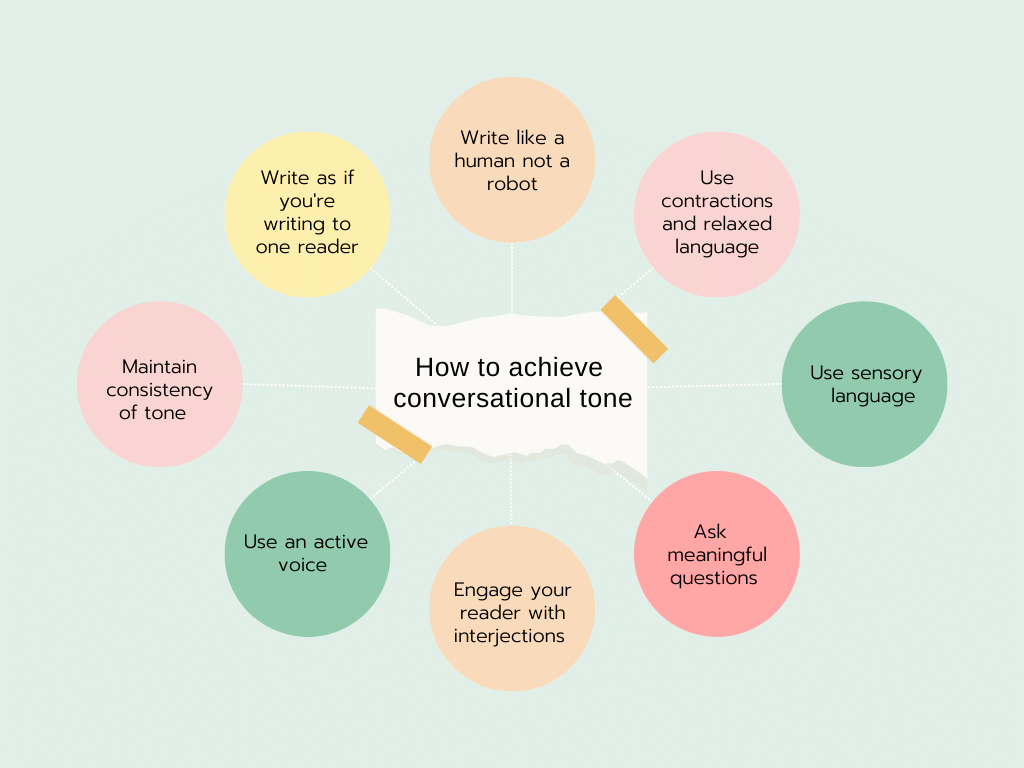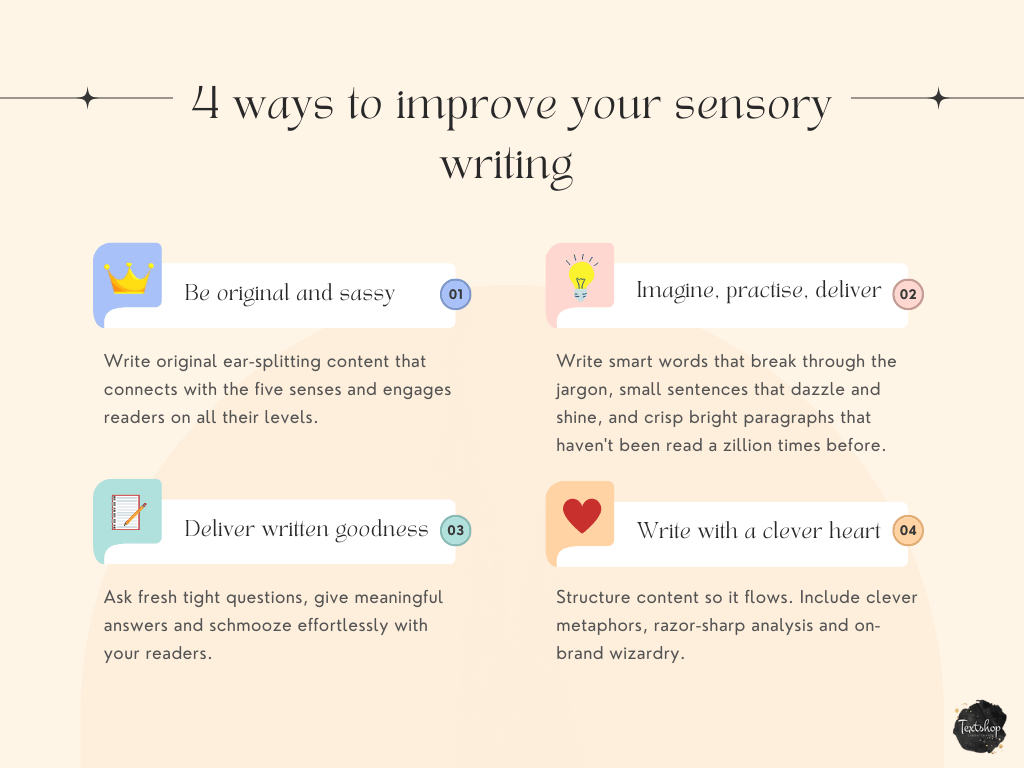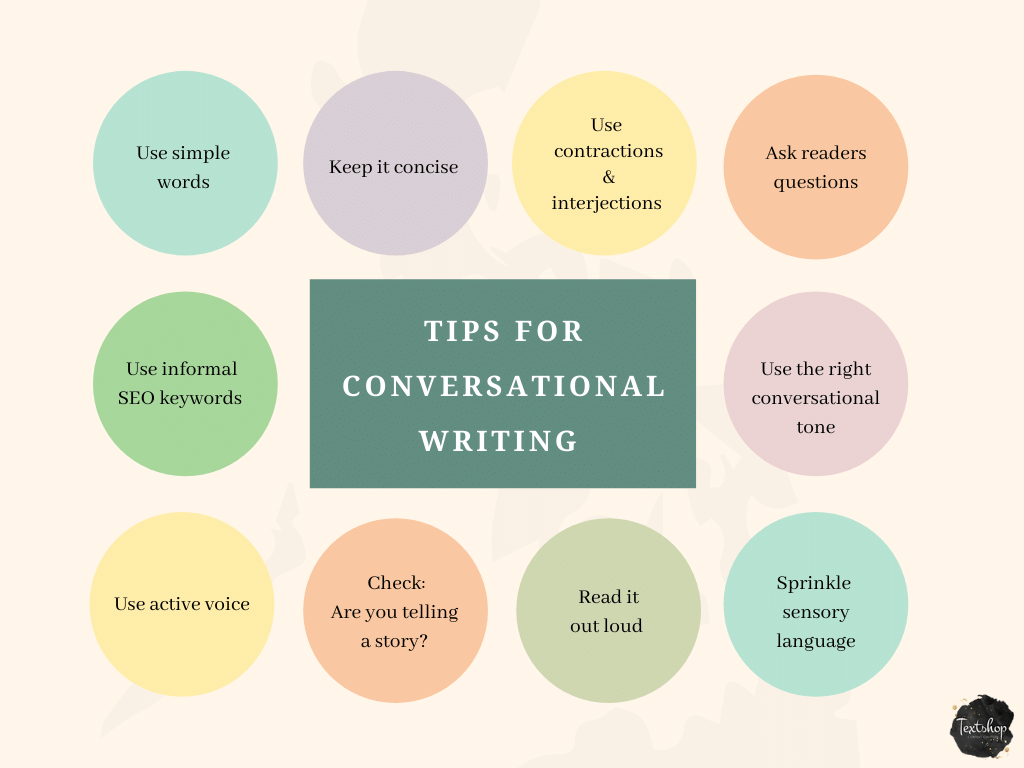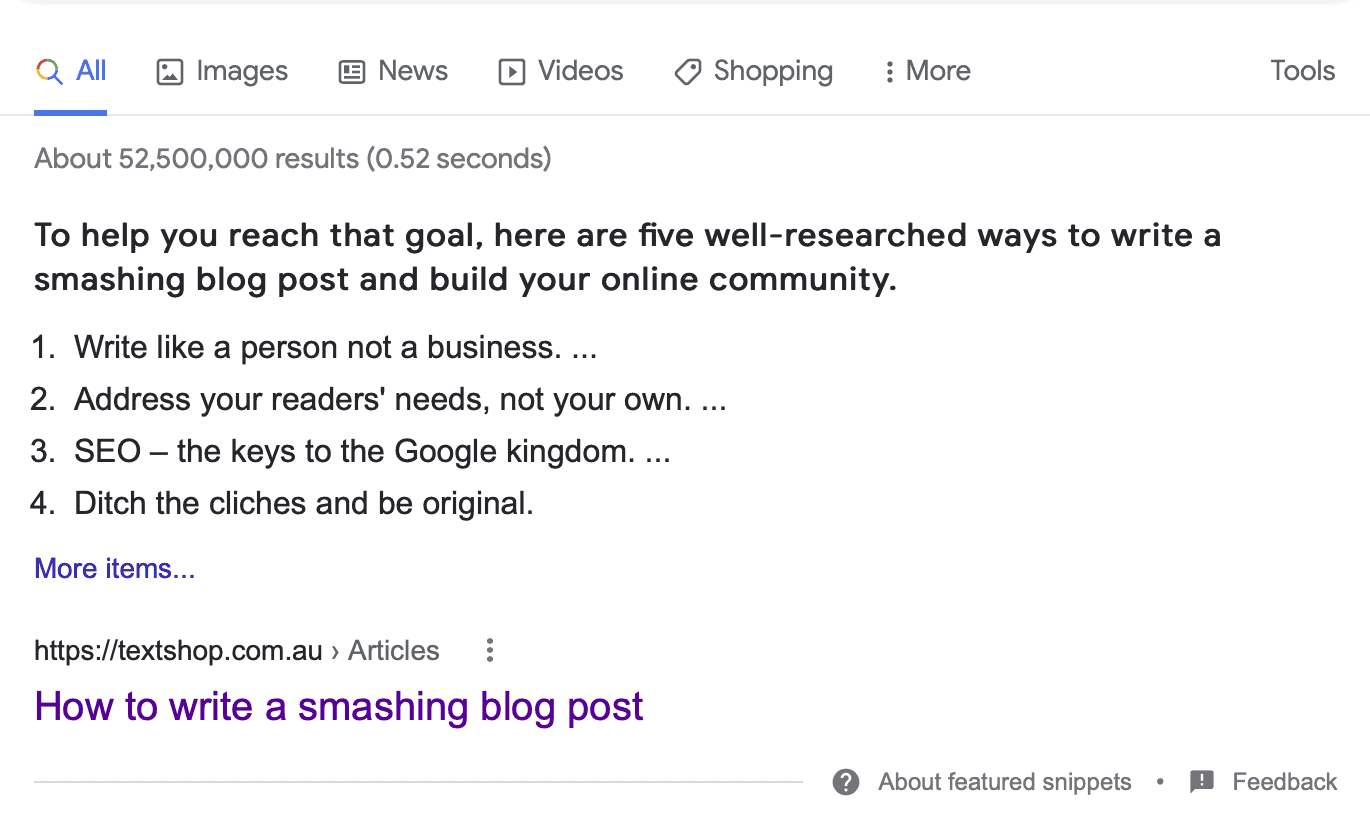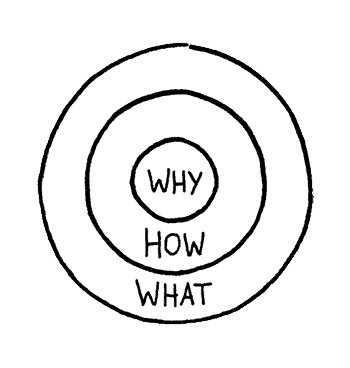Should you use AI to write blog posts?
* by Sharon Lapkin
You’ve probably heard a lot about artificial intelligence (AI) writing since it hit our screens in late 2022. The speedy birth of this emerging technology took a lot of us by surprise. But, as writers, should we be concerned?
The answer is yes, and no. It depends on the quality of the AI tool you choose and how you use it. Not all AI tools are equal.
AI-assisted writing can reduce the time you spend creating a blog post by more than 60%. When it’s done, Google will index it and then you can watch it rank!
Not sure? See my AI-assisted blog post below ranking at #3 in less than a week.

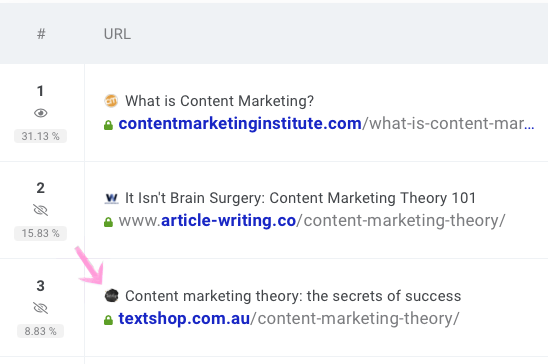
What is AI writing and how does it work?
AI writing is the use of artificial intelligence to create written content. These are powerful tools that can help you write draft content quickly and efficiently, without sacrificing quality.
AI writing tools are designed to understand language, identify patterns in text and generate original content based on your input.
The process begins with an AI-powered algorithm analysing large amounts of data to learn how humans communicate in natural language.
Once it has learned enough about the structure of human speech, it can then be used to generate new sentences from scratch or edit existing ones for improved clarity and accuracy.
But AI can’t create personalised high-ranking content by itself. What it can do is provide you with a great first draft to refine and optimise.
For further insight on this read my blog post on how to Unlock the potential of AI blog writing.
Why all AI writing should be treated as a first draft
AI writing is still in its infancy and it does make mistakes. This is why the content delivered by AI should always be considered a first draft, and should never be published without a human edit. For this reason, we call it AI-assisted writing.
Let’s look first at what a quality AI writing tool can do for your business:
√
Generate interesting long-form content in minutes.
√
Do extensive research.
√
Ideation: help you develop ideas and concepts.
√
Deliver a good first draft to build on.
√
Place keywords throughout the blog post.
√
Help your business rank on Google.
√
Save both time and money.
Now let’s look at some of the errors AI is known to make and the problems that can arise if a human isn’t editing, personalising and optimising your draft AI content:
×
Sentences can be too long.
×
Repetition – sometimes you find words and phrases repeated over and over.
×
Plagiarism – some AI tools copy text from other sources instead of synthesising and rewriting content.
×
Text is inappropriately placed.
×
Keywords are inserted in text too many times or too few.
×
The AI tool misunderstands the brief you prepared for it.
×
Your text reads like a robot wrote it and lacks a human touch.
Should AI be your new writing partner?
When it comes to creating great blog posts, AI writing tools can be a powerful ally.
An AI writer can quickly generate a first draft that you can then polish into content that’s engaging and informative.
By partnering with an AI tool, you can save time and effort while producing quality results.
The first step in using an AI writing tool is to choose the right one for your needs. There are many different types of AIs available on the market today, so take time to do your research before making a decision.
Once you’ve chosen the best option for your project, it’s time to get started.
To get the most out of your AI collaboration, set clear goals about the type of content you want to create.
Think about who will be reading your post and what topics they would find interesting or useful. This will help guide the direction of your post, as well as give you ideas for keywords and phrases to optimise SEO performance.
Research your own longtail keyword
Research your keyword before you brief the AI tool. I enjoy doing my own SEO research and finding a high search, low-density keyword that I know will rank high on Google!
TIP: Mangools KWFinder is my keyword tool of choice. It’s simple to use, economical and tracks your keyword progress.

AI is good for business
By leveraging machine learning algorithms, AI can generate dozens of articles in a fraction of the time it would take a human writer working alone.
This makes AI ideal for businesses looking to expand their reach through content marketing campaigns, or anyone who requires written material on a short deadline.
AI writing tools offer greater flexibility than traditional methods because they allow users to customise their output according to specific needs or preferences. These include target demographics and the desired tone of voice for that audience. Specific style guidelines can also provide guidance and this translates to more tailored results each time.
Overall, AI writing offers many advantages over manual approaches when it comes to creating written content efficiently. When you use AI to write blog posts, you combine its enormous capacity with your own skills to produce superior content that ends up on Google’s top pages.
Should you use AI to write blog posts? A huge yes!
Let’s learn more about the best AI writing tool on the market, but first we’ll take a look at what Google has said about AI writing .
Does Google penalise AI writing?
The appropriate use of AI writing is not against Google Guidelines.
According to Google, ‘AI can assist with and generate useful content in exciting new ways.’
So, if you create AI content that’s useful, original and of a high standard, it will be indexed and ranked by Google in the same way as quality content created by human writers.
AI content won’t give you a head start in the rankings. From Google’s perspective it’s ‘just content’ that will rank if it’s good and sink if it’s not.
The criteria Google Search uses to assess any content published online is E-E-A-T, which translates to expertise, experience, authoritativeness and trustworthiness.
How to find the best AI writing tool
Like most people interested in AI writing, I looked around and tested a few different AI tools. Then I found Content at Scale, a subscription-based paid platform.
Within days, I’d subscribed and was bowled over by the quality of its output. Finding an AI writing tool that focuses on content marketing will help me immeasurably in my own business, Textshop.
Content at Scale’s features include a natural language processing engine that can generate text from scratch, and an intuitive user-interface that makes it easy to write great copy.
It also has advanced editing capabilities, allowing you to fine-tune your post with just a few clicks. You can add images or videos directly into your post, as well as formatting options like bolding or italicising words.
Plus, Content at Scale offers real-time feedback on grammar and spelling mistakes, so you don’t have to worry about making errors when publishing your work online.
If you need help finding the right keywords, this SEO-savy AI writer also makes suggestions for ideal keywords.
Social media bonuses
Content at Scale integrates seamlessly with popular social media platforms like Twitter and Facebook. This makes it easier than ever to share content.
Simply copy interesting pieces of text from your blog posts and recycle them for social media posts. The tables and infographics you create for your blog posts can also be reused in social media.
It’s a bonus when you use AI to write blog posts because it leaves you with more time and extra content for other platforms in your content marketing campaigns.
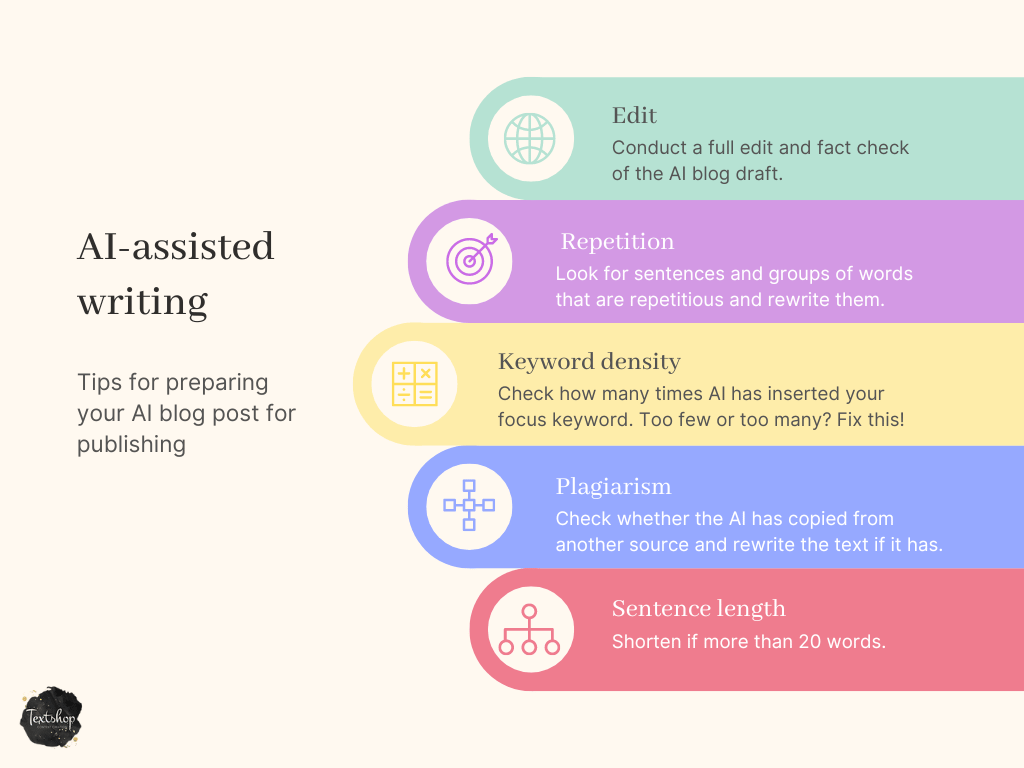
How to manage AI in the blog-writing process
Use headings and subheadings throughout your post so readers know where they are in terms of topic progression. Break up long paragraphs into shorter ones, add images or videos when appropriate and include relevant links within text.
These steps will ensure readers have a pleasant experience while consuming your content – which should always be top priority.
Most importantly, edit and fact check the content that AI delivers. Rewrite any text that isn’t up to scratch. If your AI tool writes in US English and you’re writing for Australians, then you’ll need to change analyze to analyse, behavior to behaviour and many other US spellings.
When you use AI to write blog posts, you should run the first draft through a plagiarism detector. Some AIs will have this service included. If they don’t, Copyscape is always a good idea.
Make sure everything looks good before hitting ‘publish’ so no one has any reason not to read through all of your hard work.
By taking advantage of all these tips – plus whatever else works best for you personally – collaborating with an AI writing tool can result in amazing blog posts every single time.
So why wait? Start leveraging artificial intelligence today and watch how much faster (and better) blogging becomes from here on out.
By leveraging AI technology to write great blog posts, you can ensure that your content marketing efforts are efficient and effective.
With the help of AI writing, you can take your content marketing strategy to the next level.
Boost your content marketing with AI writing
AI writing tools will revolutionise the way content marketers create and publish blog posts.
If you use AI to write blog posts and then polish and perfect the content it delivers, you’ll be a long way ahead on both your time and your budget.
Using an AI writer will also help you rank higher in search engine results pages (SERPs). It does this by analysing data from past successful articles, then using that information to craft content with relevant text. This ensures your post is more likely to appear at the top of SERP rankings when someone searches for a topic related to yours.
Meeting industry standards
An AI writing tool makes sure all your blog posts meet industry standards in terms of grammar and punctuation, while keeping them interesting enough for readers not to get bored halfway through reading them.
It achieves this by scanning every sentence written against a set of rules based on best practices used by professional writers around the world. This gives you peace of mind knowing that everything published under your name is accurate and error free.
Do a plagiarism check on all AI content
I mentioned plagiarism already, but it deserves a closer look because copying is a problem with a number of AI writers.
Plagiarism occurs because AI writers scan the internet looking for text that matches the brief supplied to them. Then they condense the text they find, amalgamate it, paraphrase, summarise and repurpose it.
This process should produce original text, but it doesn’t always turn out that way. AI makes mistakes, sometimes big blunders.
So, when you run the AI-generated copy through a plagiarism detector, such as Copyscape, you’ll likely find phrases and sentences that need to be rewritten because they’ve been copied 100% from another source by the AI writer.
Over time AI will fix this fault. But for now, human intervention is required.
Rank higher in Google with help from AI
Optimise your content with SEO
When it comes to ranking higher in Google, optimising your content for search engine optimisation (SEO) is key.
AI writing tools can help you do this by analysing the keywords and phrases that are most likely to be used when people search for topics related to your blog post.
Additionally, these tools can suggest alternative words or phrases that could make your content even more relevant and engaging.
If you prefer to do your own keyword research, simply type your keyword into the AI tool and it will place your keyword throughout the blog post in appropriate places.
Reach a wider audience with AI
In addition to optimising your content for SEO purposes, using an AI writing tool can also help you reach a wider audience online.
The AI tool uses algorithms to analyse data from social media platforms such as Twitter and Facebook, allowing them to identify trends in user behaviour and determine which topics are currently popular among users.
They then recommend topics based on this information so that you can create content that appeals directly to the interests of potential readers. This ensures more people see and engage with your blog posts, increasing their visibility online.
Watch Julia McCoy write a blog post using three different AI tools
Content at Scale, 10 February 2023. YouTube. Step-by-step: Write a long-form blog post with AI (ChatGPT, Jasper and Content at Scale).
Conclusion
AI is already playing an active role in our lives.
In 2021, Whole Foods Market launched Amazon’s ‘Just Walk Out’ technology in two of its stores.
So you shop like normal and then skip the checkout and Just Walk Out. All it takes is a simple scan of your credit card when you enter.
And, of course, we all know about Tesla, Siri and Alexa. AI is integrated more into our lives every day. And, yes, we’ll use AI to write blog posts!
AI writing is here to stay and it can be a great tool for content marketers, small business owners and large businesses alike.
With the help of AI writing tools, such as Content at Scale, you can partner with AI to write great blog posts together that will boost your content marketing efforts and help you rank higher in Google.
So if you’re looking for ways to improve your SEO blog posts, why not give AI-assisted writing a try? It’s time to use AI to write blog posts!
- Note: I haven’t been paid to promote Content at Scale. It’s simply my favourite AI writing tool right now. But that could change next week!
Sharon is a content writer and award-winning editor. After acquiring two masters degrees (one in education and one in editing and comms) she worked in the publishing industry for more than 12 years. A number of major publishing accomplishments came her way, including the eighth edition of Cookery the Australian Way (more than a million copies sold across its eight editions), before she moved into corporate publishing.
Sharon worked in senior roles in medical colleges and educational organisations until 2017. Then she left her role as editorial services manager for the corporate arm of a university and founded Textshop Content – a content writing and copyediting agency that provides services to Australia’s leading universities and companies.














